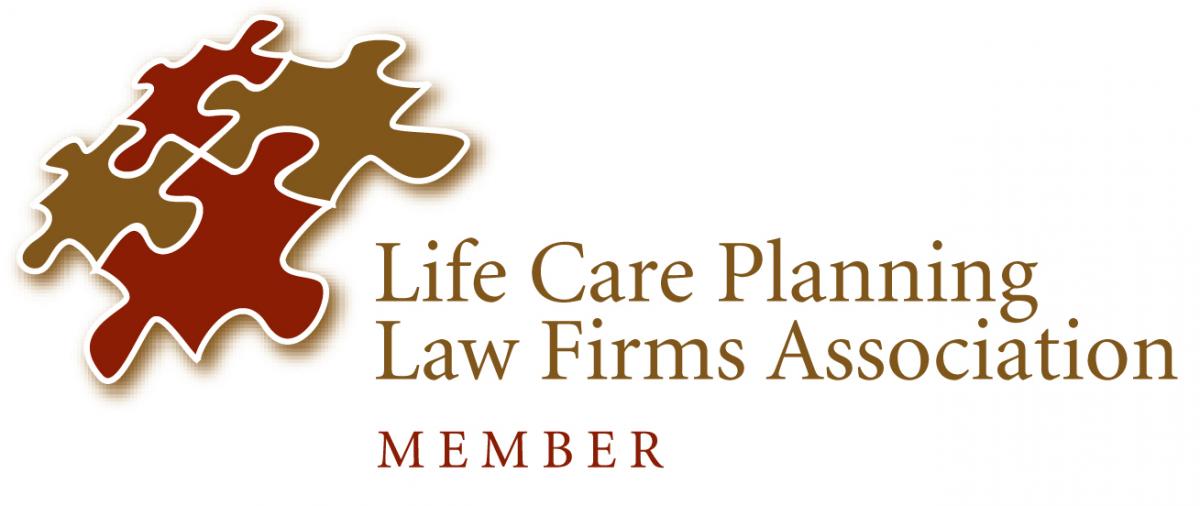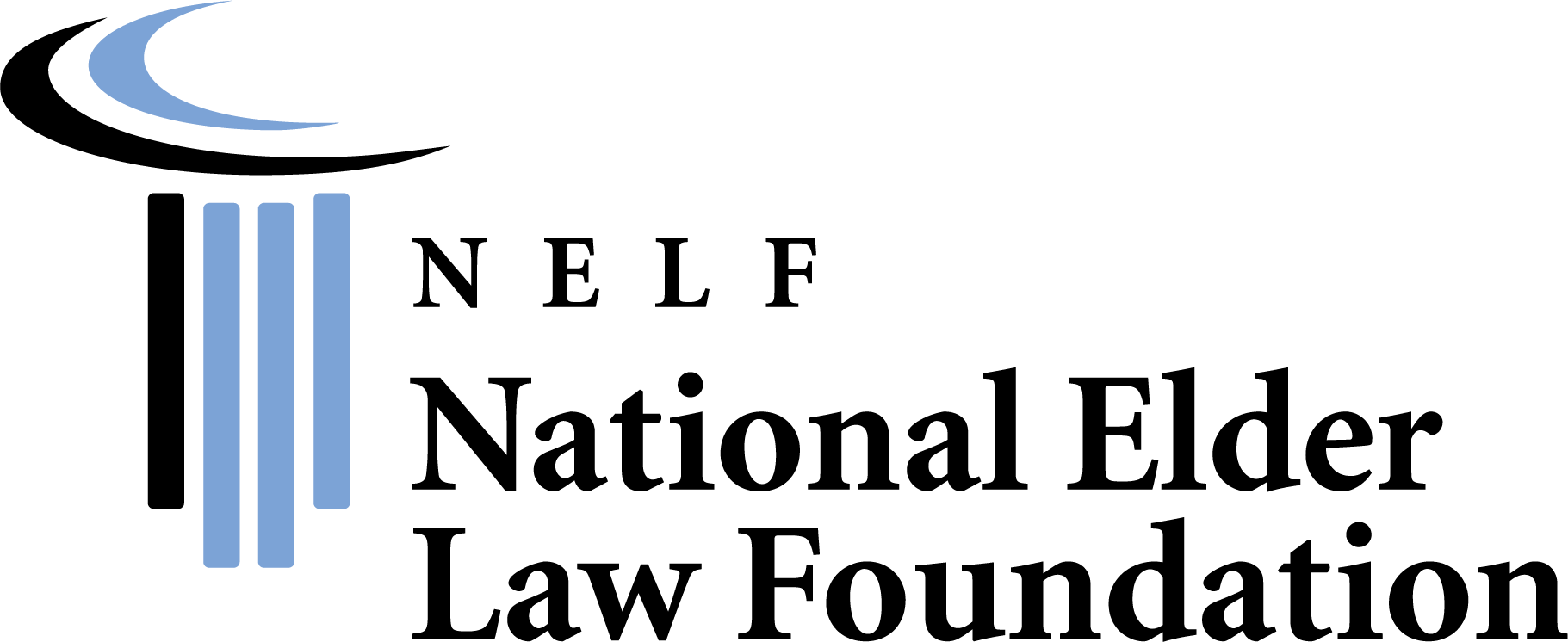POSTED IN: Medicare
TAGS: Medicare, Open Enrollment
Share this
It’s Medicare open enrollment time! Starting Oct. 15, through Dec. 7, you may make changes to your Medicare health and prescription drug plan. Do the many available plans confuse you and cause you to want to pull your hair out? Well, you’re not alone. Most of the seniors we serve are covered by Medicare and have difficulty trying to research and figure out what the different “parts” of Medicare cover, how to enroll and what the costs are. We will try to summarize some important Medicare facts for you during Medicare open enrollment.
What are the “parts” of Medicare and what does each cover?
Part A is hospital insurance and helps cover things like inpatient care in the hospital, skilled nursing facility care for short term rehabilitation after a hospital stay, hospice care, and some home health care. Part B is medical insurance and helps cover services from doctors and other health care providers, outpatient care, some home health care, durable medical equipment like wheelchairs and walkers, and many preventative services such as screenings and vaccines.
Other Medicare Parts
There are other parts of Medicare, and they are run by private insurance companies. These parts include supplemental “Medigap” policies, Medicare Advantage Plans sometimes called “Part C” plans, and Medicare Part D which helps cover the cost of prescription drugs. Everyone should check that needed prescription medications are covered, as changes to drug formularies (lists of drugs covered by a plan) are among the most common changes that seniors may not realize until they go to pick up their prescriptions. Another consideration is the coverage for Telehealth coverage, which was expanded this year.
Enrolling in Medicare
Some people get Part A and Part B automatically and others need to sign-up. For those who are already receiving benefits from Social Security or the Railroad Retirement Board (RRB), they will get Part A and Part B automatically starting the first day of the month they turn 65. For those who are under 65 and disabled, they will get Part A automatically and Part B after they have received social security disability benefits for 24 months.
But what if you are not automatically enrolled?
If you’re almost 65, and you don’t get Social Security or Railroad Retirement Board (RRB) benefits, you’ll have to sign up for Medicare. You should contact Social Security 3 months before you turn 65. You can also apply for Part A and Part B by going to https://www.ssa.gov/benefits/medicare/
How much does Medicare cost?
For most people, Medicare Part A is free if you paid Medicare taxes while you were working. On the other hand, Part B currently costs Medicare recipients $148.50 per month and increases slightly each year. This costs more for high income retirees. Many of the families we meet with think that their Medicare coverage is completely free. This is because, for most people, the Medicare Part B premium is taken out of their Social Security before it is ever deposited into their account. You can verify what you are paying for Medicare Part B by looking at your yearly Social Security award breakdown letter.
Determining Medicare Coverage
Often, our clients (or their adult children) aren’t quite sure what type of health insurance coverage they have. An easy way we help figure this out is by seeing if they have a red, white, and blue Medicare card. If so, the face of the Medicare card tells you what Medicare coverage you have. It will say Part A (Hospital) and/or Part B (Medical) and will also list an effective date of when the coverage started. However, if the individual is covered by an “Advantage Plan,” they will still likely have this card, though it means nothing while the “Advantage Plan” is in place.
What are some services covered by Part B?
Part B medical insurance helps cover services from doctors and a many other preventative services. For example, Part B covers ambulance services, bone density testing, breast cancer screening, cardiac rehabilitation, chemotherapy, diabetes screening, durable medical equipment like oxygen, wheelchairs, walkers, occupational therapy, physical therapy, and shots or vaccines. It is important to remember that like any health insurance, there may be limitations on your Medicare Part B coverage and coinsurance and deductibles may apply. Also, most dental care and vision are not covered. For more information, visit https://www.medicare.gov/medicare-and-you
Medicare won’t cover long term care in a nursing home
Many people assume their Medicare will pay for long term care in a nursing home. Unfortunately, this is not the case. After a three-day hospital stay, Medicare will pay for the first 20 days of skilled rehab days at no cost. Medicare can cover up to 100 days of skilled rehab with a copay or coinsurance due for days 21 through 100. After 100 days, Medicare will not pay for nursing home care. Those who need to stay in a nursing home for long term care may need to consider applying for Medicaid. For more information on planning for nursing home Medicaid, visit our website or call our office at 404-843-0121.
Share this
Subscribe to our blog and monthly newsletter.










